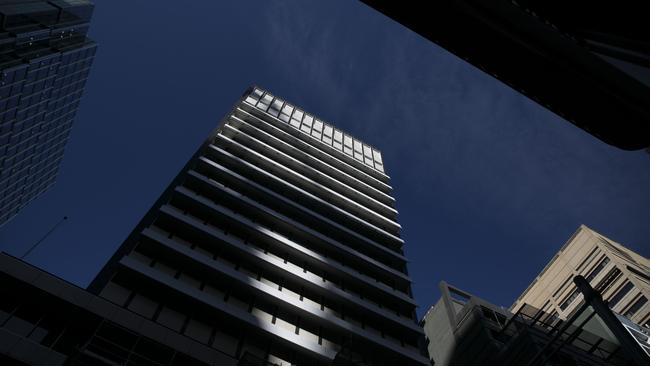
In her first post-meeting statement, the RBA governor used a variation of the term “uncertain” five times.
It’s not quite flying blind, as some observers have called it, but there are lags, imperfect information and new post-pandemic ways of behaving that the central bank is grappling with to get a clearer picture of the effect of its dozen cash-rate increases.
Will high inflation, especially for services like rents, insurance and dining out, stick around as it has in other countries?
Will the clamp on consumer spending lead to widespread discounting by retailers or will the falling Aussie dollar make imported goods more expensive?
If inflation does persist, and the labour market remains tight, will workers be able to demand bigger wage rises?
Can China’s property sector avoid a growth-killing crash?
These are only some of the questions the RBA board is contemplating at the moment, and so it makes sense to keep the cash rate target at 4.1 per cent and to wait for more comprehensive information, especially for inflation, which is three weeks away.
What we do know is that the RBA’s restrictive and blunt monetary policy is hitting different groups in different ways; that households are now digging into their savings buffers; and that young Australians are feeling the squeeze more than their parents and grandparents, who are benefiting from higher deposit rates and a surprise rebound in property prices.
Bullock was the Albanese government’s “continuity with change” candidate to replace Philip Lowe, so an extended pause may be the best bet for the money masters until the new year, when the RBA could begin cutting interest rates.
That policy switch will certainly be welcomed by millions of borrowers.
The governor was also chosen to be a trailblazer and change agent, after the review of the central bank was published earlier this year.
Part of Bullock’s mandate is to improve the RBA’s “comms” and to raise the public’s understanding about its actions.
She has a mountain to climb here, because the nation’s economic literacy is poor.
RBA research shows only one-in-five surveyed know its inflation target is 2-3 per cent, although if it stayed within the band more often, surely more people would know and the bank’s job would be easier.
For now, Bullock’s narrative big test lies ahead, as the jobless rate rises and populist clamour for pain relief hits its crescendo.








Even though nearly everyone in the financial sphere was certain the Reserve Bank would hold interest rates steady on Tuesday, the Michele Bullock era begins amid high uncertainty.